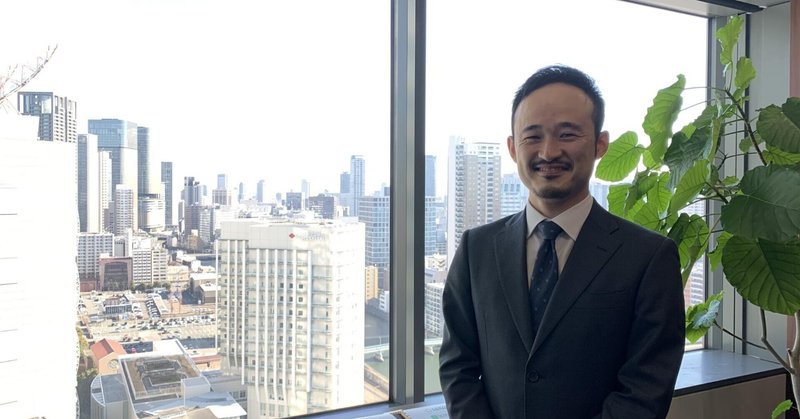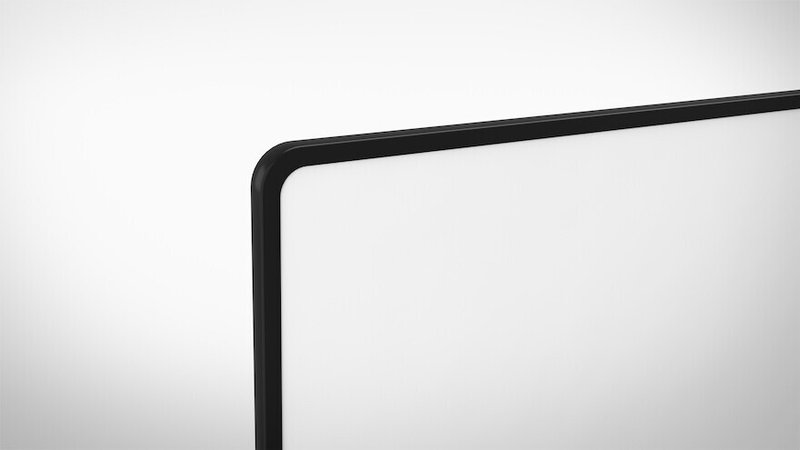
ideaboard® Series: Product Development Story #12_Partners | Lexia Partners
In December 2019, NKC Nakanishi Metal Works Co., Ltd. (NKC) launched their new whiteboard, “ideaboard®.” Revealed by the project members, this series records the story of how the ideaboard was brought to life, and into ours.
Following the past eight articles covering our interview with Riku Nagasaki, developer of ideaboard and head of “KAIMEN” (the business design team reporting directly to the president at NKC), we now move on to the external partners with whom KAIMEN collaborated during ideaboard’s product development.
This time, we sat down with Yukihiro Suzuki from Lexia Partners, the patent attorney responsible for acquiring design rights for the project.

Yukihiro SUZUKI
Lexia Partners |Patent Attorney
1. In pursuit of supporting designers
ーFirst, please tell us what kind of work you normally do.
My specialty is design rights. I assist companies in obtaining rights to protect the appearance and design of their products so that they can better utilize them in their businesses. My clients range from designers to small, medium, and large-scale design companies.
ーDid you originally study design?
I originally majored in chemistry during my university years and then moved on to working at a textile manufacturer. However, I came to realize that it was different from what I wanted to do and that my true interests lay in architecture and design. More specifically saying industrial design, rather than art. However, I didn’t have the skills to make the designs myself, so I made the decision to do the job where I could give my full support to designers through providing certain professional skills. From there, I stumbled upon the profession of a patent attorney and attended a preparatory school to obtain my license.
That is how I became a patent attorney, so I was always hoping that I could better support Nagasaki-san, a designer and also a close friend of mine.
ーNagasaki-san had identified designers struggling to monetize their designs to be an issue even prior to working on this project. In your day-to-day work life, do you feel that there are any issues regarding the way designers work or their business models?
I do hear similar stories such as clients lowering fees or designers being treated like subcontractors, and I do believe there is quite a fair number of “designers'' who are struggling with financial problems. In addition, I think that there are still not that many designers who actively think about the connection between design and intellectual property. I think Nagasaki-san’s vision for “the revenue model for designers'' is a business model that is high in demand. Coming from a background of intellectual property, I think it was certainly an interesting perspective to hear.
2. Ideaboard’s design rights
—At which stage of the development process were you consulted about the ideaboard’s design rights?
Normally, consultations come in when the final product’s shape has been decided. As for the ideaboard, in order to make out a design that was protectable by rights, we discussed similarity scopes from the early prototyping stages. It was quite unusual to proceed with a design with the right scope already secured.
ーPlease tell us about the specific right you applied for.
Ideaboard’s most prominent feature is its thinness—its simplicity. That implies the possibility of other future products being made regardless of whether it holds its rectangular shape. Considering them to have derived from the same design concept, we also applied for square and circle shapes as related designs and acquired rights for them. This way, even if the shape were to be slightly altered in the future, it would fall within the scope of the acquired design rights.
In addition, we acquired a design right that would partially protect the feature that the board's surface and surrounding frame were to be at the same level. A flat whiteboard would fall within the scope of this design rights. Whatever shape the rest of the product’s parts are, if it has the feature, it infringes on our design rights.
In other words, we chose to protect both the overall design and the shape of each partial element. Despite some challenges, we were able to register all the claims we applied for, and I think we ended up acquiring good rights.

ーWhat makes a “good right”?
Although there are exceptions, generally speaking, it’s about acquiring a broad scope of rights. With a broader scope of rights, even if other developers make slight changes in the shape of products in order to manufacture and sell the same products or similar products, their products are likely to infringe on rights.
Companies that have obtained rights for their designs are able to use them exclusively, which results in running a much more stable business. In other words, broader rights mean companies are able to hold others in check and have much more restraining power. It’s “good” in the sense that it can become an entry barrier against other companies.
—Rectangular, square, and circular. They seem to be general shapes, but you hadn’t acquired rights for them before. Can you tell us why?
The shape existed for a long time. However, there wasn’t any simple whiteboard before with a thin, flat frame like it. You would think something like this existed, but it didn’t.
I believe acquiring design rights for shapes that are simple, standard, or universal is very effective since they are fairly easy for anyone to make, and are likely to be highly in demand by the market. However, the simplest of designs turn out to be the ones that require the most effort to make, and once trying it out, other companies realize that it is not as easy as it looks and difficult to imitate. Holding the rights for such simple designs can be a huge advantage within the industry.
3.Designers and intellectual property
ーLastly, please tell us your opinion on the initiatives of designers surrounding the field of intellectual property.
I feel the need for designers themselves to be knowledgeable about what it takes to protect their creations and take action towards claiming intellectual property. Out of the many laws to protect designs, I think design rights are especially effective, and thus worth knowing about.
Moreover, it’s also necessary to fully understand the attribution of design rights of your own creation. In many companies, it is under contract that the design rights of their employees’ creations are owned by the company. Due to these contracts, despite designers gaining success for their designs, in many cases, they are unable to become independent with them. It’s crucial for designers to have a close look at the attribution of rights written on any contract.
It was an extremely precious and gratifying experience for me to be able to see the actual design process up close during the ideaboard project. I became a patent attorney because I wanted to support designers, so being able to work with designers in the process of reviewing the development and even obtaining the rights to the product was like a dream come true. I think it all works out if you have the will.
To be continued in “ideaboard Series: Product Development Story #13"
(Interview by Mone Nishihama, NINI Co., Ltd, translation by Kyoko Yukioka, NINI Co.,Ltd.)
▼Click below to see the original Japanese version / 原文はこちら
この記事が気に入ったらサポートをしてみませんか?
